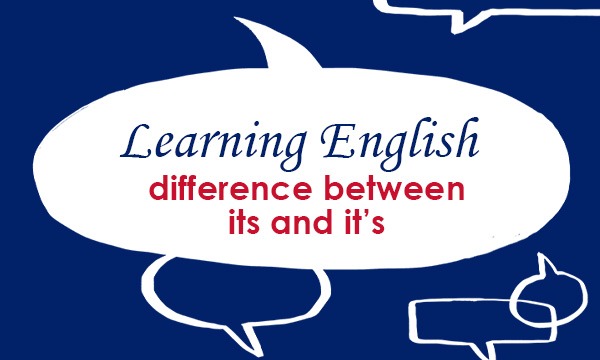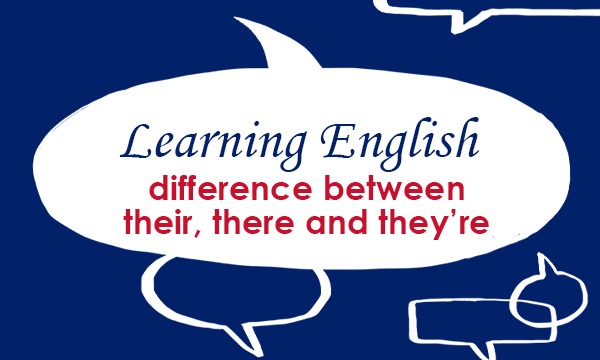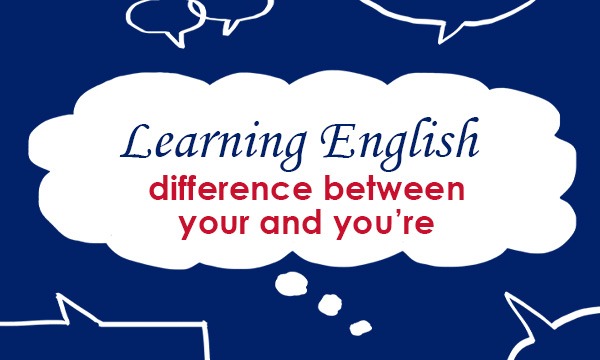
Spanish words of the week: tinta or tinto?
Another opportunity to look at the commonest senses of some similar-looking nouns with different endings and genders and ink in their differences. This week’s words are tinta (feminine) and tinto (masculine), and perhaps we should throw in tinte… Read More







